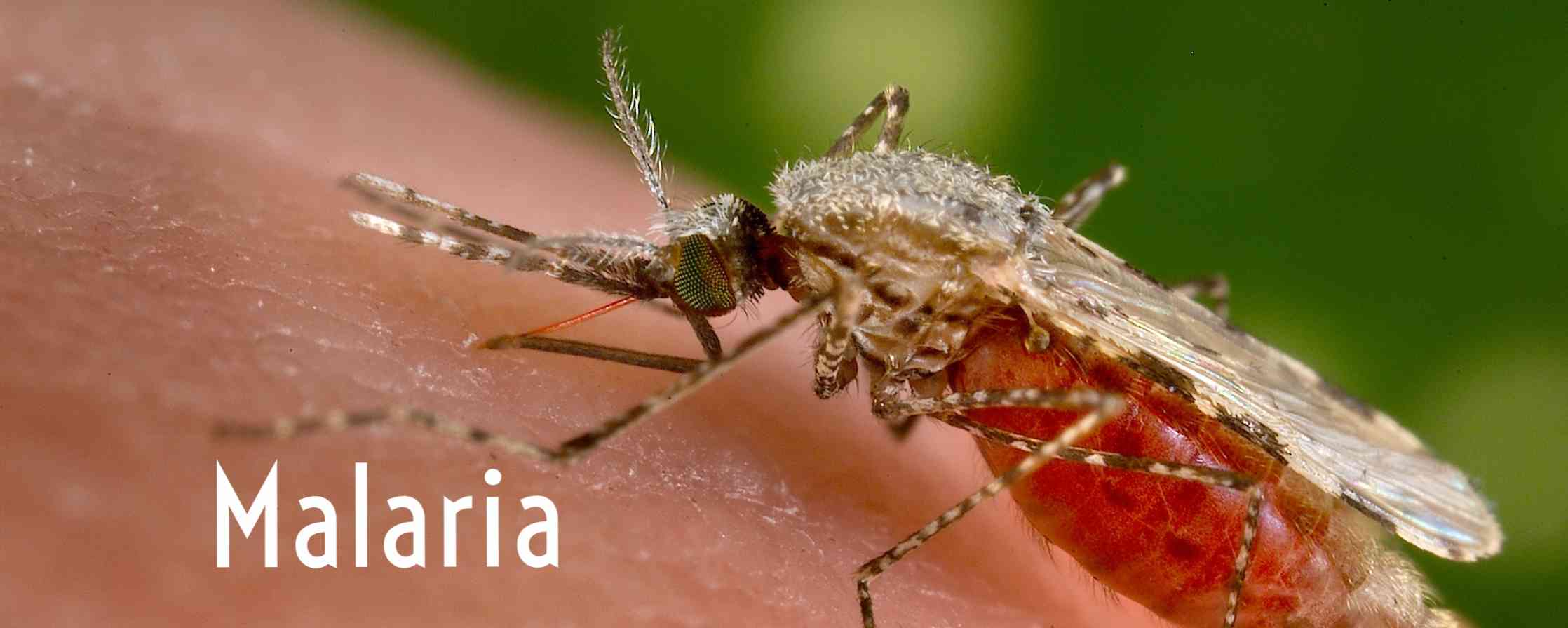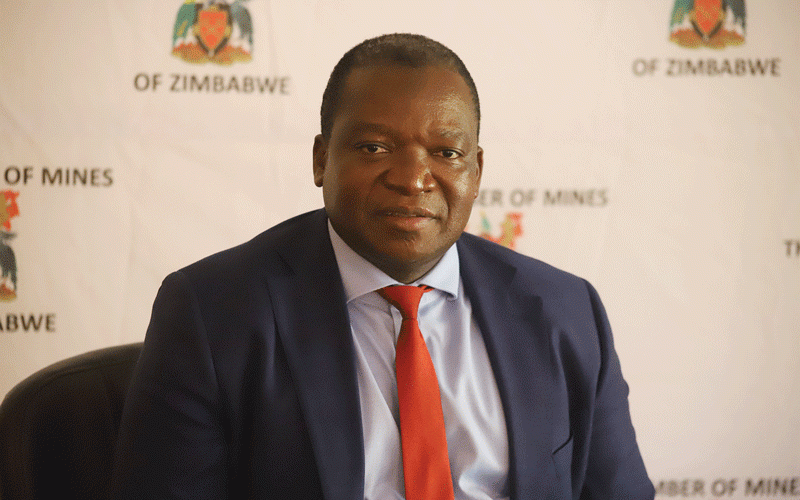
Malaria is an infectious disease caused by a parasite that one gets through a bite from an infected female mosquito.
Cimas Clinic manager, Ahban Krispen, said the disease remains a serious global health challenge in Africa, where about two thirds of the global burden is concentrated in 11 countries.
“Zimbabwe is among the countries with a high transmission rate. In fact, as of 2023 data, Zimbabwe saw a significant increase of 76%,” he said.
Today is World Malaria Day. The theme for 2025 is "Malaria Ends With Us: Reinvest, Reimagine, Reignite".
The theme emphasises the need for continued investment, innovation, collaboration and commitment to eradicate malaria.
“From 2000 to 2022, there was a significant decline in incidence from 136 per 1 000 people to 28,5 per 1 000 people.
“However, data from the 2024 World Malaria Report shows an increase in cases from 140 000 in 2022 to about 248 700 in 2023, with about 317 deaths reported in 2023 as compared to 177 deaths in 2022.
“Given the resurgence of cases in the last three years, there is a need to revise existing methods for prevention and detection and reinvest in the proven strategies for malaria elimination. Progress on malaria elimination has stalled owing to the emergence of factors such as climate change and economic stresses resulting in disruption of control efforts.
- Open letter to President Mnangagwa
- Feature: ‘It’s worse right now than under Mugabe’: Sikhala pays the price of opposition in solitary cell
- Masvingo turns down fire tender deal
- Human-wildlife conflict drive African wild dogs to extinction
Keep Reading
"A relook into the existing strategies — considering these challenges allows us to identify gaps and make necessary policy adjustments. Continuous monitoring or surveillance of malaria and assessment of system preparedness is necessary, especially in endemic areas,” Krispen added.
He pointed out that challenges faced in Zimbabwe in controlling and trying to eliminate malaria include economic stress resulting in inadequate funding for control programmes.
“Climate change resulting from the El Nino phenomenon experienced from 2023 to 2024, coupled with cyclones also created conditions favourable for mosquitoes to breed,” he added. He said people at risk of contracting malaria include those that travel to malaria endemic areas, have no previous exposure to malaria parasites or lost immunity after leaving malaria endemic areas, as well as young children between six and 59 months.
“The initial symptoms of malaria are nonspecific and include fever, chills, malaise, fatigue, vomiting, nausea, diarrhoea and abdominal pain. Severe disease symptoms may include altered mental state, prostration, seisures, shortness of breath and symptoms of anaemia.
“In Zimbabwe, malaria is most common in the lowveld which includes Chiredzi, Kariba, Beitbridge and parts of Manicaland.
“It is quite possible, though rare, to become infected in areas normally considered malaria-free,” he said.
“The risk of malaria in those areas is considered low or negligible. If someone in these areas has symptoms, it is important to try and find out their travel history to establish if they have been to malaria-endemic areas,” he added.
Commenting on why deaths from malaria are common among African children, Krispen said children under five have no immunity.
“Older children will have only developed partial immunity so are more likely to develop severe disease, and more so in Africa many who are at risk lack access to the services they need to prevent, detect and treat the disease,” he added.
Krispen said treatment for malaria includes medication that can be taken orally such as artemether lumefantrine, artesunate or amodiaquine, quinine, primaquine and clindamycin.
“Parenteral medication, which can be either intramuscular or intravascular can also be taken, depending on the severity of symptoms and other clinical states such as pregnancy.
“Treatment varies according to severity of disease, presence of confirmed drug resistance and clinical state such as pregnancy,” he added.
He also pointed out that it is possible to be successfully treated for malaria but later experience the symptoms again without having visited an area prone to malaria.
“Treatment failure may be a result of parasites remaining undetected in the blood stream due to ineffective treatment or host immunological response. Relapse can occur if new blood stage parasites are released from dormant parasite stages in liver cells, causing a repeat infection,” he added. To prevent the spread of malaria in Zimbabwe, Krispen explained several methods have been used. These include education campaigns, indoor residual spraying, use of treated long lasting insecticide-treated nets, use of mosquito coils, repellents and intermittent preventive therapy for pregnant women in endemic regions.
“Although there is not sufficient evidence to support the use of antimalarial prophylaxis in Zimbabwe, chemoprophylaxis can still be used in pregnant women visiting areas with high risk of malaria.
“It is also recommended that personal protection such as repellents, sleeping under a treated mosquito net, putting on long sleeve clothes during dusk or dawn and getting indoors early can also be helpful when visiting malarious areas,” Krispen added.
- The information in this article is provided as a public service by the Cimas iGo Wellness programme, which is designed to promote good health. It is provided for general information only and should not be construed as medical advice. Readers should consult their doctor or clinic on any matter related to their health or the treatment of any health problem. — [email protected] or WhatsApp 0772 161 829 or phone 024-2773 0663.










